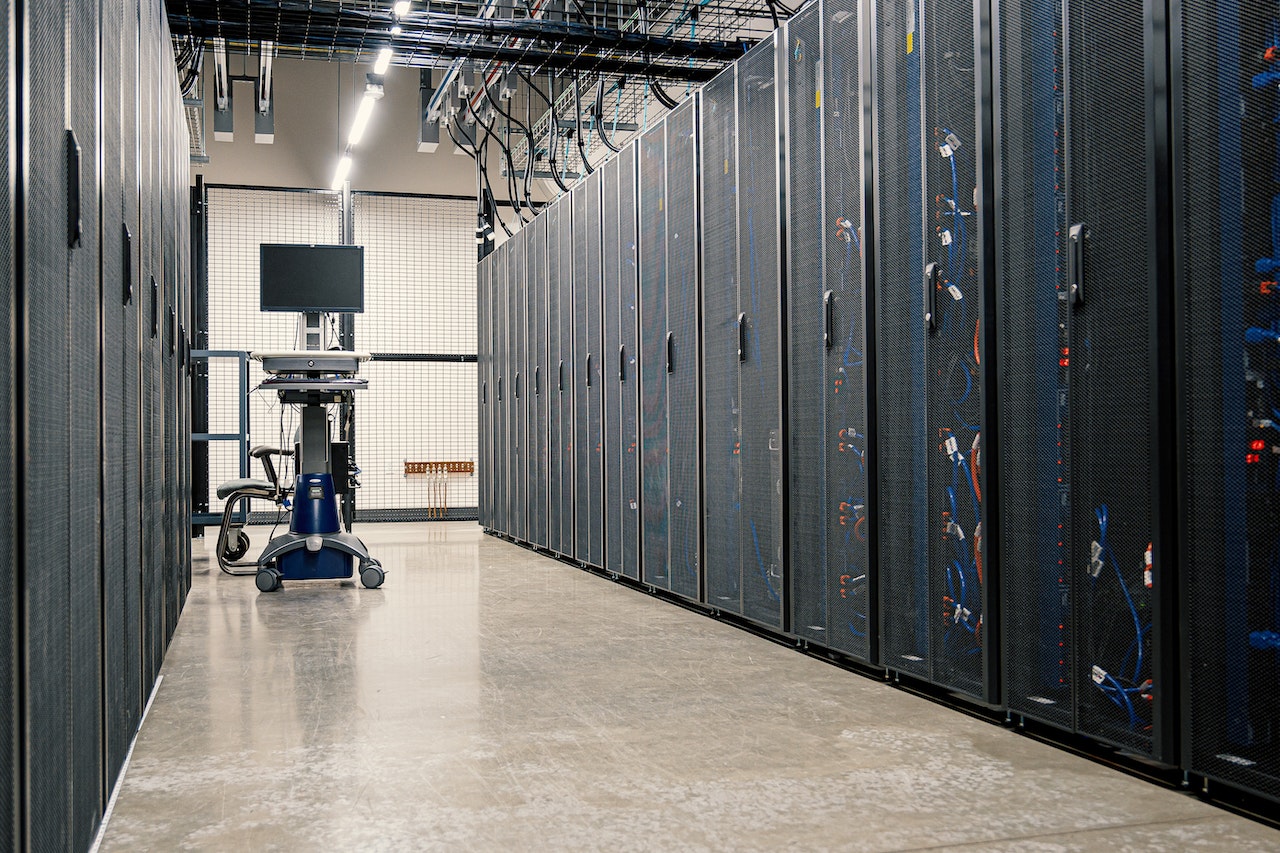 Photo by Brett Sayles
Photo by Brett Sayles
Choosing between SQL and NoSQL databases is often a decision developers have to make when building software or applications. Although they are decades old, they are still widely used today.
The SQL database was first developed in the 1970s by IBM researchers, according to Business News Daily’s SQL database breakdown. Meanwhile, the NoSQL database emerged in the 2000s when developers wanted to work with a more flexible model.
Having been around for years, these databases have served many different purposes. Here, we are going to break down their key differences.
What is an SQL Database?
SQL stands for “Structured Query Language”. This is the standard language used for relational databases, or databases that store data in predefined relationships and in the form of tables.
An SQL database is more structured and organized in its design and has a rigid schema. This is an ideal format for those who want consistency and integrity.
Additionally, SQL is attractive for its simplicity. By using straightforward commands like “Select”, “Sort by”, and “Insert”, it is easy to retrieve data and update records.
Aside from their widespread use in IT, SQL databases are also popular for data analysis and accounting. Finance expert Christian Martinez stresses SQL’s importance in his particular industry, because of how it can be a form of business intelligence.
Key Differences
-
SQL databases use the table model with rows and columns to store data.
-
SQL databases have a rigid schema that requires you to make predefined relations in order to determine data structure.
-
SQL databases are vertically scalable, meaning you can upgrade the server with CPUS, RAM, storage, or memory speed.
Learn how to back up a MySQL server with Script and a Cronjob.
What is an NoSQL Database?
A NoSQL database refers to any database that doesn’t use SQL. This database, sometimes called non-relational database, does not have a fixed schema, and is generally more flexible than an SQL database.
In a NoSQL database, data is stored in JSON-like documents instead of tables. It is less structured and there is no need to make predefined relationships. Because of this, NoSQL databases are more change-friendly and easier to manipulate.
Developers often use NoSQL for real-time web apps, gaming, and Big Data. A post on NoSQL vs SQL databases by MongoDB outlines why it’s a popular choice. It’s mainly popular because developers can enjoy faster development times and fewer bugs.
NoSQL databases also allow developers to write less code since they can store data in the same way they use it in their application code.
Key Differences
-
NoSQL databases follow a document-oriented system when it comes to storing data.
-
NoSQL databases have a more flexible schema, which is useful for huge or hierarchical data storage needs.
-
NoSQL databases are horizontally scalable. This means you can add more servers or nodes to increase the load.
Conclusion
The main differences between SQL and NoSQL databases lie in their data storage models, schema, and scalability. Both are still commonly used today and are recommended for specific requirements.
Developers would usually go for SQL when they need to have correct data and make complex queries. Meanwhile, they would choose NoSQL if they value flexibility or decide that fast and less structured data storage is more crucial.





